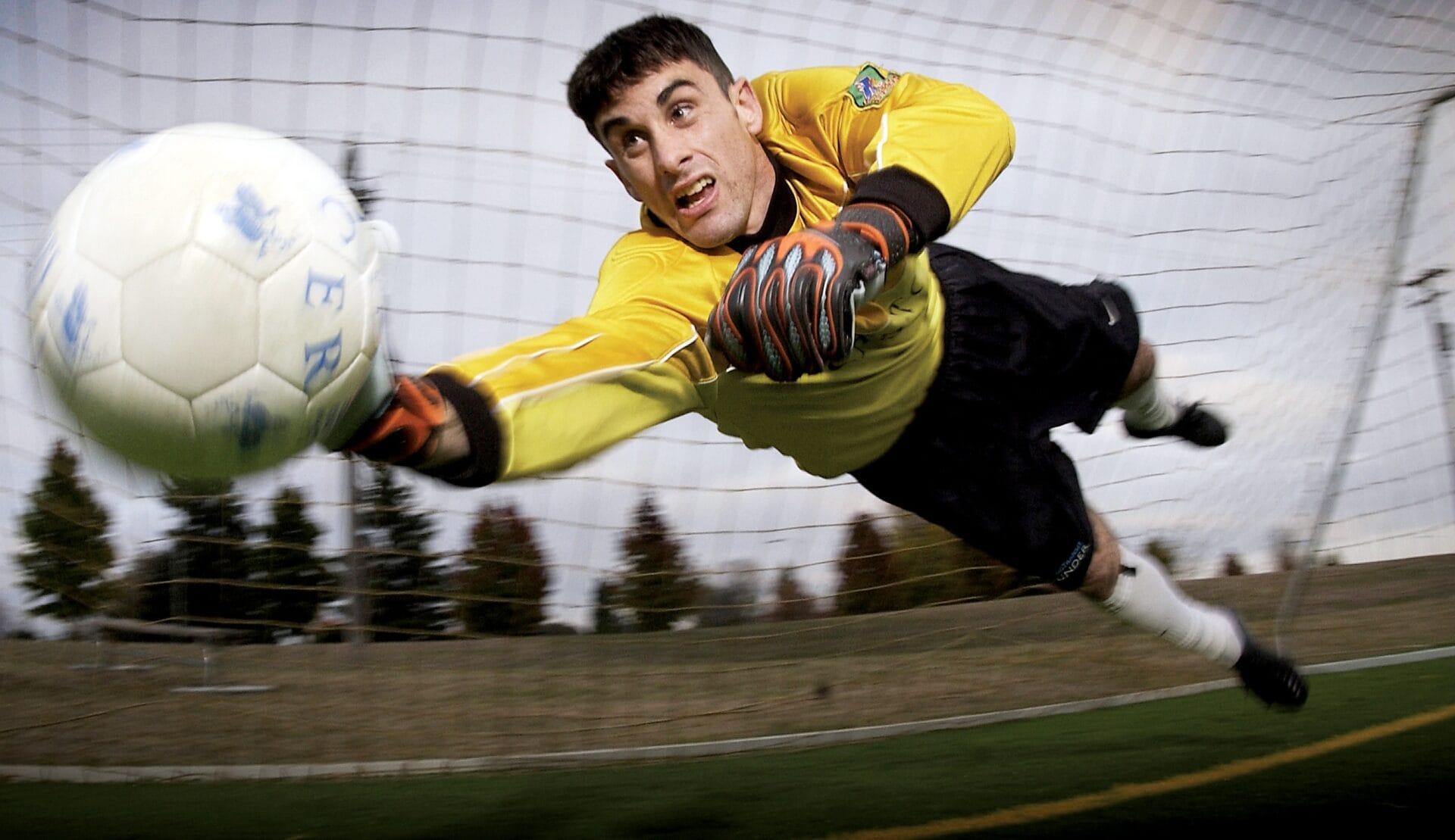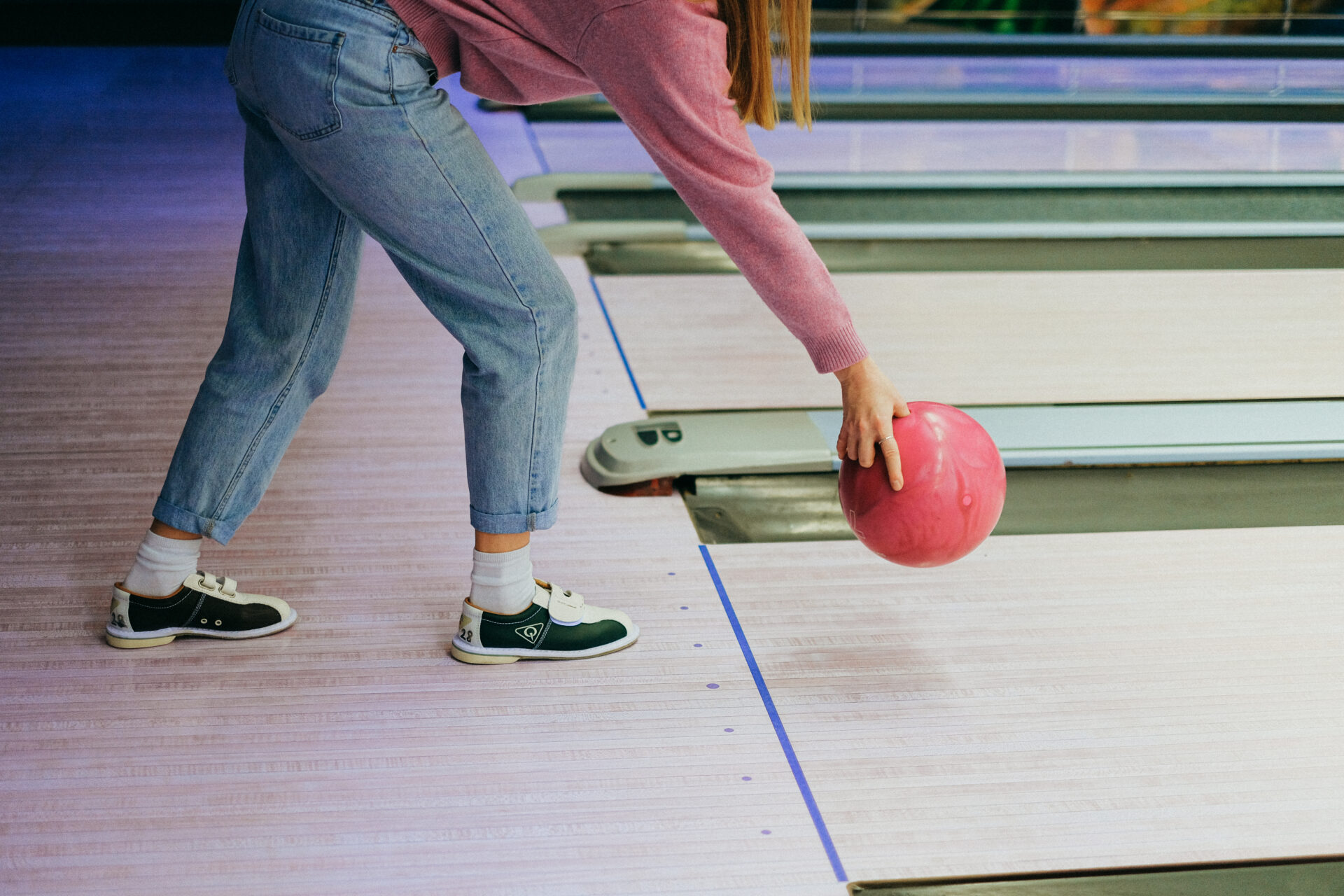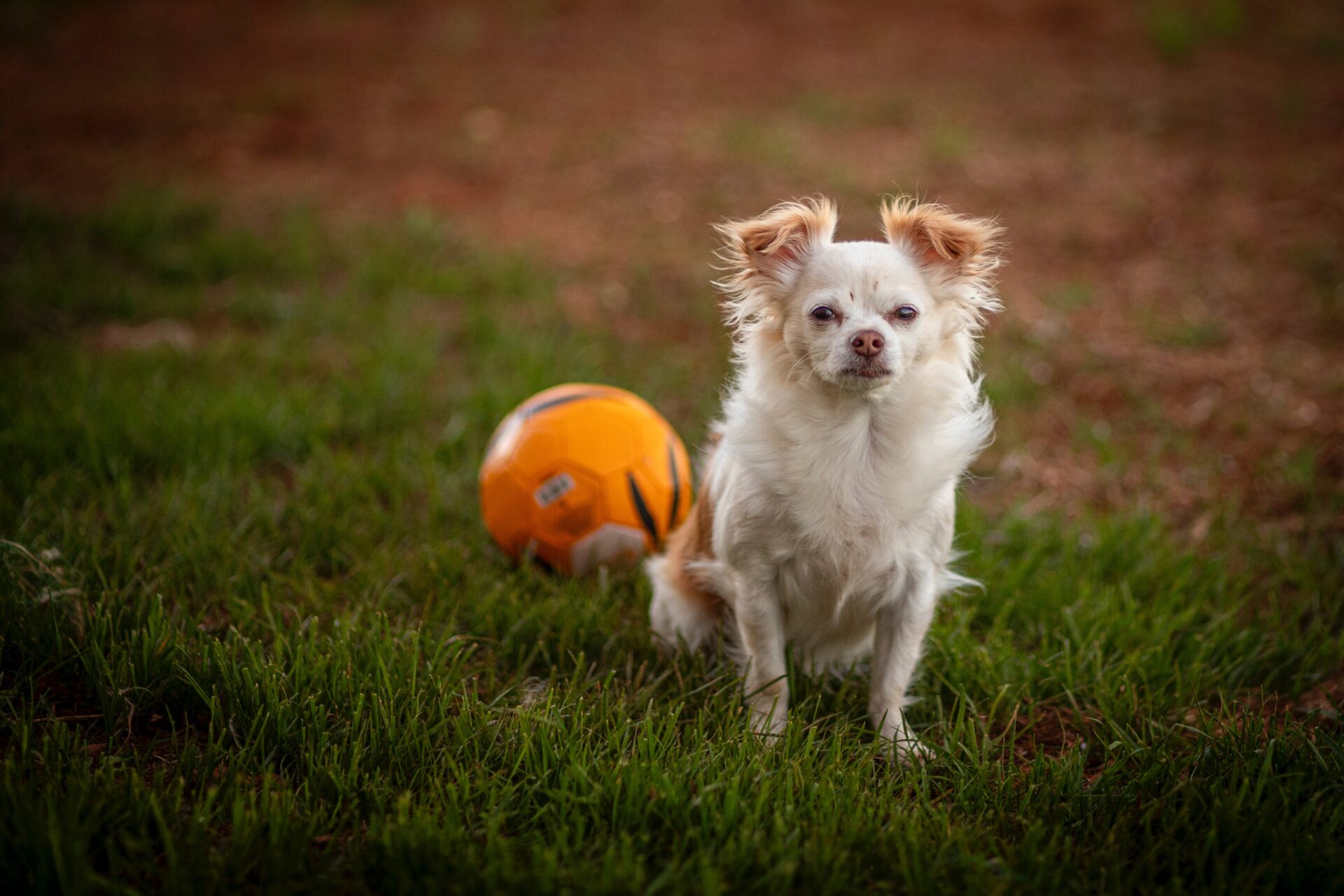The official size of a soccer ball is an important factor to consider when playing the game. Soccer balls come in a variety of sizes, ranging from a Size 3 ball for children under the age of 8, to a Size 5 ball used in professional competitions. According to FIFA regulations, the official size for an adult game is between 68 cm and 70 cm in circumference. Knowing the right size of soccer ball is essential for both players and referees alike.The official size of a soccer ball is Size 5, which has a circumference of 68–70 cm (27–28 in) and a weight of 410–450 g (14–16 oz).
Soccer Ball Sizes Explained
Soccer is one of the most popular sports in the world. As such, it has a wide variety of ball sizes that are used in different levels of play. Depending on your age and the level of competition you are playing in, there is a specific size soccer ball that is recommended. Knowing what size soccer ball to use can make a difference in your performance and enjoyment of the game.
The four main sizes of soccer balls are Size 3, Size 4, Size 5, and Size 6. The most common size used for recreational and youth play is Size 4. This size ball is recommended for children between 8 and 12 years old and is approximately 25 inches in circumference. It weighs about 13-15 ounces and usually has 32 panels made from synthetic leather or polyurethane.
Size 5 is the official size used by FIFA (Fédération Internationale de Football Association) for all international matches. This size ball is approximately 27 inches in circumference and weighs 14-16 ounces with 32 panels made from synthetic leather or polyurethane. It is the standard size used in adult competitions, as well as college soccer games and professional matches worldwide.
Size 3 soccer balls are typically used for players aged 8 years old or younger and have a circumference of approximately 23 inches with 12-13 ounce weight with 32 panels made from synthetic leather or polyurethane materials. While this size can be used by adults for recreational use, it may not be suitable for competitive play due to its smaller size making it harder to control than larger sizes such as Size 4 or 5.
Finally, Size 6 soccer balls are usually reserved for training purposes only due to their larger than normal circumference of 28 inches with 15-16 ounce weight with 32 panels made from synthetic leather or polyurethane materials. They are not suitable for competitive matches due to their large size making them difficult to control and handle properly during match play.
Knowing what size soccer ball to use can make a difference in your performance and enjoyment of the game, so make sure you choose the right one!
Size 5 Soccer Balls
Playing soccer is a great way to stay in shape and improve your ball handling skills. Soccer is a popular sport around the world and it requires the use of a specific type of soccer ball. Size 5 soccer balls are the most widely used size for competitive play. They are larger than size 4 balls and provide more control when kicking and dribbling. These balls also have more bounce than size 4 balls, making them easier to kick higher in the air. They are usually made from synthetic leather, which makes them durable and resistant to wear and tear from regular use. Size 5 soccer balls are perfect for all levels of play, from recreational games to professional matches. Whether you’re just starting out or a seasoned veteran, having the right size 5 soccer ball will help you take your game to the next level.
When shopping for a size 5 soccer ball, there are several factors to consider. First, you should look at the material the ball is made from as this will affect its performance on the field. Synthetic leather is considered to be one of the best materials as it provides good durability and responsiveness when kicking or dribbling the ball. Additionally, you need to make sure that the seams on your chosen ball are securely stitched together so that they don’t come apart during play. Finally, make sure that you purchase a quality ball that meets all safety standards set by governing bodies such as FIFA or UEFA.
Overall, size 5 soccer balls provide a great balance between control and power when playing competitively. They are larger than size 4 balls but also offer more bounce which makes them easier to kick higher in the air. Furthermore, they can be made from synthetic leather which makes them highly durable against regular use on any playing surface. With these factors in mind, any player can benefit from using a quality size 5 soccer ball when playing competitively!
Size 4 Soccer Balls
Soccer is one of the most popular sports in the world, and size 4 soccer balls are a great way to get children into the game. These balls are designed specifically for young players and provide them with the perfect size ball to practice their dribbling and shooting skills. Size 4 soccer balls are smaller than regular balls, making them easier to control and helping young players develop their skills more quickly. Additionally, many size 4 soccer balls come with brightly colored designs that make them fun and exciting to use.
Size 4 soccer balls are essential for any aspiring young player looking to hone their skills on the field. With their smaller size, these balls are perfect for practicing footwork drills, passing drills, and shooting drills. They provide the opportunity for young players to gain confidence in their abilities while also increasing their dexterity. As they become more comfortable with their ball handling skills, they can then transition to using larger-sized soccer balls.
In addition to providing an ideal ball size for young children, size 4 soccer balls come in a variety of colors and designs that make them visually appealing. From bright primary colors to fun animal prints, there’s a design that will fit any child’s personality or interests. This makes size 4 soccer balls an ideal gift option for any occasion – from birthdays to holidays – as well as a great reward or incentive for teams and clubs.
Whether you’re looking for a way to get your little ones started in the sport of soccer or just want a fun way to keep your kids entertained at home, size 4 soccer balls offer plenty of benefits for all ages and levels of play. With their smaller design and vibrant colors, these balls make perfect gifts or rewards while also helping young players develop important skills on the field.
Size 3 Soccer Balls
Size 3 soccer balls are perfect for younger players or those just starting out with the sport. This size of ball is heavier and slightly larger than a size 1 ball, making it easier to control and kick for those with less experience. The bladder of a size 3 soccer ball is usually made from rubber, offering more durability and shape retention than the synthetic bladders found on some other sizes. The panels of a size 3 soccer ball are typically stitched together, making them more robust than the glued panels on some other sizes. This ensures that the ball has a longer life span and can stand up to regular use.
In terms of game play, the weight and size of a size 3 soccer ball make it easier for younger players to control and kick accurately. It also offers greater accuracy when passing, due to its increased stability in the air over smaller balls. Size 3 balls are suitable for training sessions and matches between teams of players age 8 years old or over.
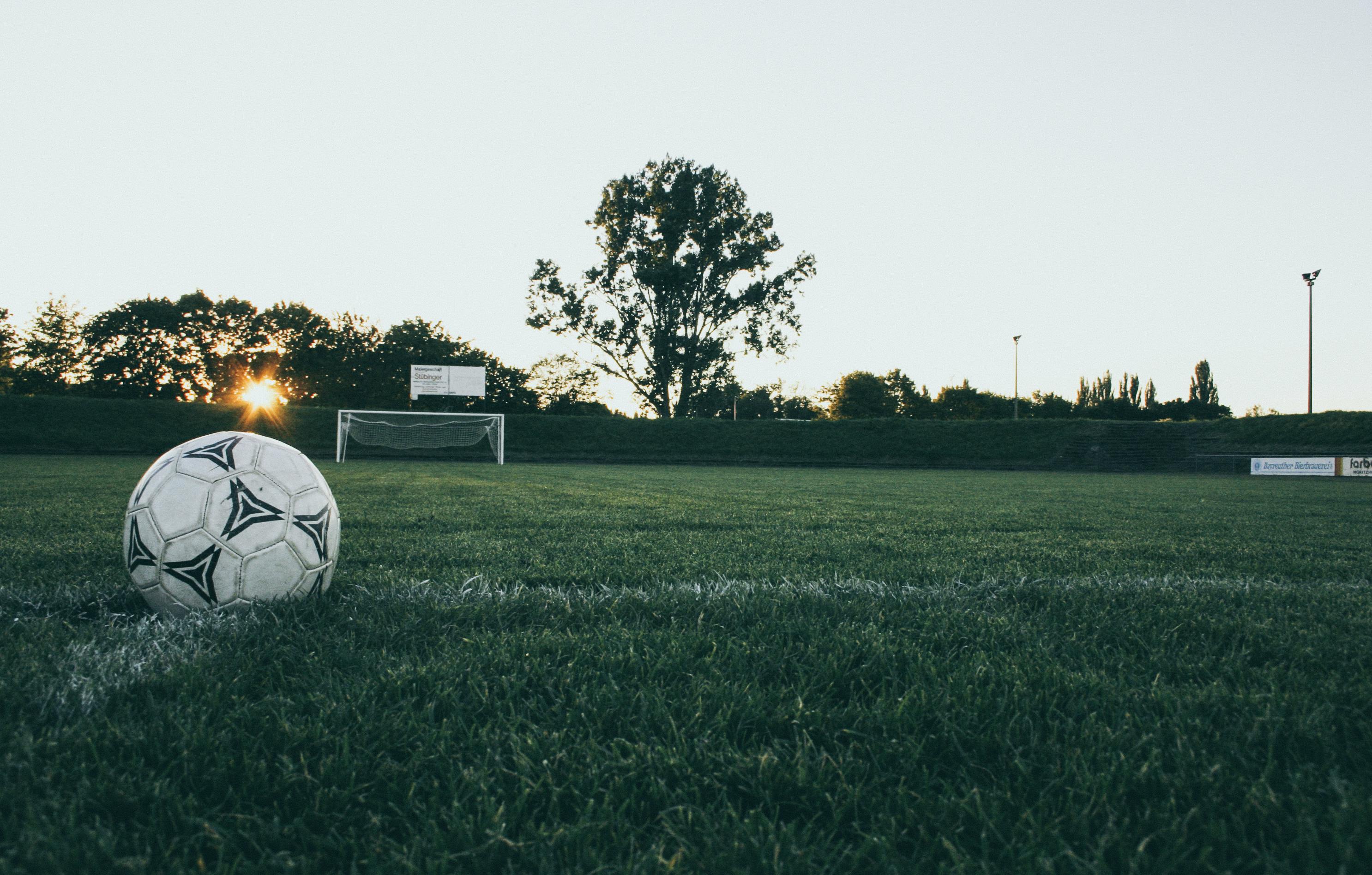
How to Measure a Soccer Ball’s Circumference
Measuring a soccer ball’s circumference is an important step when selecting the right size ball for your game. Knowing the circumference of the ball can help you determine which size is most appropriate for your needs. To measure a soccer ball’s circumference, you will need a ruler or measuring tape. Start by placing the end of the ruler or measuring tape at one end of the soccer ball and wrap it around the entire circumference. Make sure to keep it taut to get an accurate measurement. Once you reach the starting point, record your findings. The circumference of a soccer ball can range from 24 inches (size 3) to 28 inches (size 5).
It is important to note that different manufacturers may have different sizes, so it is best to measure the circumference of your specific soccer ball before selecting it for play. Additionally, when selecting a size 5 soccer ball, there are two versions: one for adults and one for children 8-12 years old. The adult version has a larger circumference of 28 inches while the child version has a smaller circumference of 27 inches.
Measuring your soccer ball’s circumference is an easy task that will help you select the right size ball for your game or practice session. By taking just a few minutes with a ruler or measuring tape, you can ensure that you are playing with the most suitable size for your needs and skill level.
FIFA Approved Soccer Ball Sizes
Soccer balls come in different sizes, and FIFA has approved certain sizes for use in competitive matches. The size of a soccer ball used in a match is determined by the age of the players. It is important to know the FIFA approved soccer ball sizes so that you can pick the right size for your team.
For adult matches, FIFA requires that the ball must be a Size 5. This is the standard size used in international and professional matches. Size 5 soccer balls are also suitable for use by players aged 13 and older.
For younger players, FIFA has approved three other sizes of soccer balls: Size 3, 4, and 4-1/2. The recommended age range for each size is as follows: Size 3 (ages 8 to 12); Size 4 (ages 8 to 12); and Size 4-1/2 (ages 6 to 8).
It is important to note that there are slight variations in the sizes of soccer balls made by different manufacturers. Therefore, it is important to make sure that you purchase a FIFA approved soccer ball that meets the regulations set out by FIFA. This will ensure that you get a quality product that will last for many years.
In conclusion, it is important to know the FIFA approved soccer ball sizes when deciding which type of ball to purchase for your team or league. This will ensure that you have the correct size so that all players can enjoy an exciting game without any issues related to size or quality of the ball.
Regulation Size Soccer Balls
Regulation size soccer balls are the standard size balls used in professional and international soccer matches. These balls measure roughly 27 to 28 inches in circumference and weigh about 16 to 17 ounces. Regulation size soccer balls are also referred to as “size 5” balls since they are the biggest size of ball available for competitive play. The smaller sizes range from 1-4, with 1 being the smallest.
Due to their larger size, regulation size soccer balls can be more challenging to control and require more skill and strength. This is why they are typically used in professional or higher-level matches, where players have developed a higher level of skill and strength. For younger players or those just starting out, it is recommended that they start by using a smaller ball such as a “size 3” or “size 4” ball which will help them develop their skills before making the jump up to a regulation size ball.
It is important to note that regulation size soccer balls cannot be used for all types of games. For instance, beach soccer requires a slightly different type of ball designed for use on sand instead of grass, while indoor soccer requires another type of ball made specifically for use on indoor surfaces like hardwood or concrete.
Overall, regulation size soccer balls are an integral part of the sport and are necessary for competitive play at all levels. They provide a consistent challenge that players must be prepared for in order to perform their best on game day.
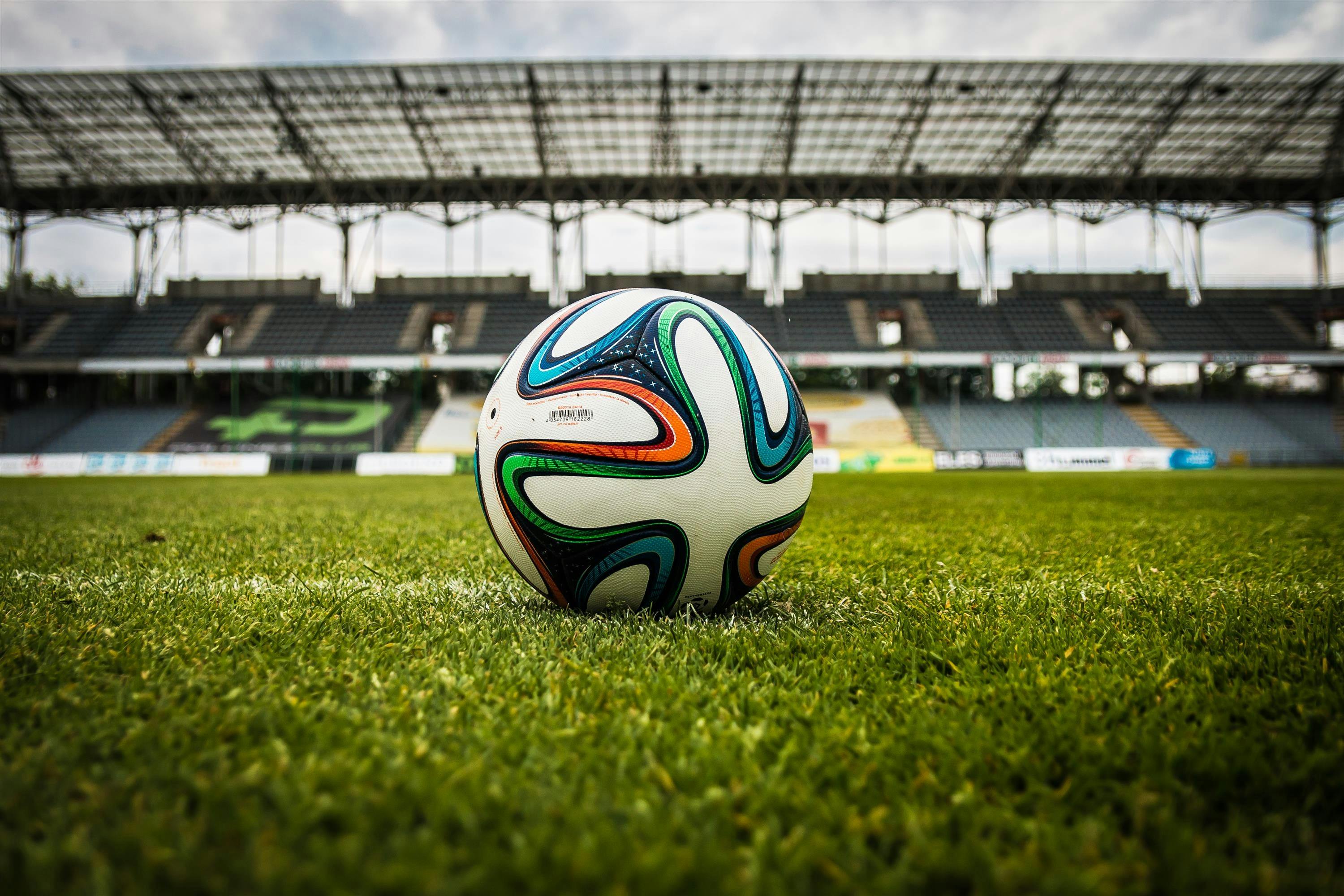
Conclusion
The official size of a soccer ball is an important factor in the game. It is determined by the Laws of the Game and must meet certain requirements. A soccer ball must be spherical, between 68cm and 70cm in circumference, and weigh between 410g and 450g. The size of a soccer ball can vary slightly depending on age group and type of play. The most important thing is to make sure that the ball meets the requirements set out by FIFA and that it is suitable for use in matches and training sessions.
Having a correctly sized soccer ball can help players develop their skills more effectively, as well as ensuring fair play throughout games. It also ensures that players are able to perform at their best, because they know what to expect from the ball during each game. Knowing these rules helps create an even playing field for everyone involved.

